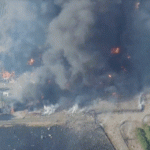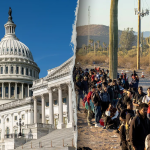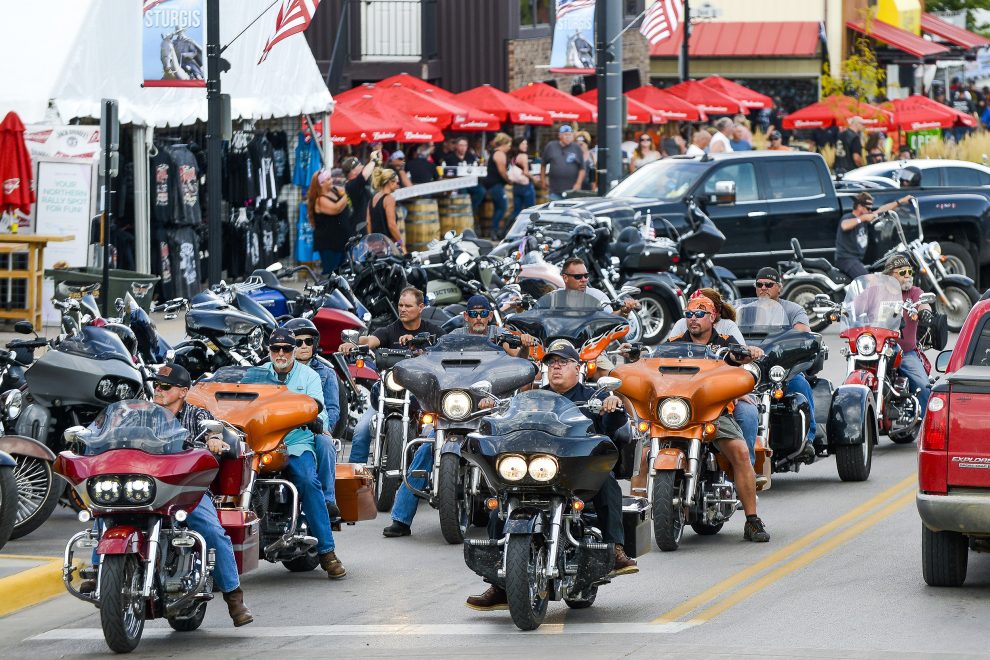Here’s what we were told:
An August motorcycle rally in Sturgis, South Dakota, helped spread COVID-19 to more than a quarter-million Americans, making it the root of about 20 percent of all new coronavirus cases in the U.S. last month. So said a new white paper from the IZA Institute of Labor Economics, at least. And national news outlets ran with it.
“Sturgis Motorcycle Rally was ‘superspreading event’ that cost public health $12.2 billion,” tweeted The Hill.
“The Sturgis Motorcycle Rally held in South Dakota last month may have caused 250,000 new coronavirus cases,” said NBC News.
“The Sturgis Motorcycle Rally represents a situation where many of the ‘worst-case scenarios’ for superspreading occurred simultaneously,” the researchers write in the new paper, titled “The Contagion Externality of a Superspreading Event: The Sturgis Motorcycle Rally and COVID-19.”
Not so fast. Let’s take a look at what they actually tracked and what’s mere speculation.
According to South Dakota health officials, 124 new cases in the state—including one fatal case—were directly linked to the rally. Overall, COVID-19 cases linked to the Sturgis rally were reported in 11 states as of September 2, to a tune of at least 260 new cases, according to The Washington Post.
There very well may be more cases that have been linked to the early August event, but so far, that’s only 260 confirmed cases—about 0.1 percent of the number the IZA paper offers.
To get to the astronomical number of cases allegedly spread because of the Sturgis Motorcycle Rally, the researchers analyzed “anonymized cellphone data to track the smartphone pings from non-residents and movement of those before and after the event,” notes Newsweek. “The study then linked those who attended and traveled back to their home states, and compared changes in coronavirus trends after the rally’s conclusion.”
Essentially, the researchers assumed that new cases in areas where people went post-rally must have been spread by those rally attendees, despite there being no particular evidence that this was the case. The paper, which has not been peer-reviewed, also failed to account for simultaneous happenings—like schools in South Dakota reopening, among other things—that could have contributed to coronavirus spread in some of the studied areas.
The researchers also assumed a $46,000 treatment price for each person infected to calculate the $12.2 billion public health cost of the event—but this figure would only make sense if every person had a severe case requiring hospitalization.
The results of the IZA paper “do not align with what we know,” South Dakota epidemiologist Joshua Clayton said at a Tuesday news briefing.
The IZA paper “isn’t science; it’s fiction,” Gov. Kristi Noem (R) said.
It’s also good election-time propaganda, apparently. Despite the dubious nature of the IZA study, a range of Democratic consultants and cheerleaders have been using it to condemn President Donald Trump.
























